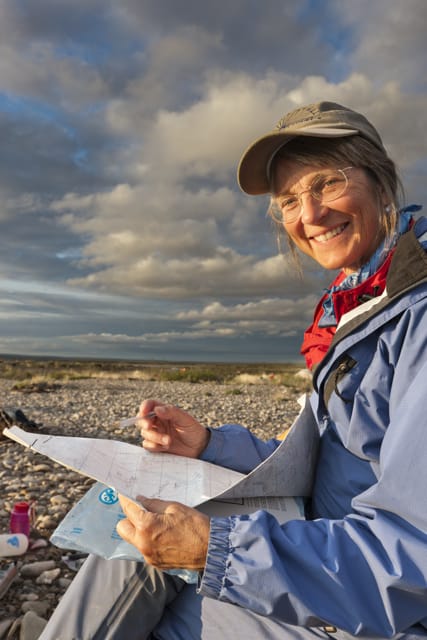Journey through the Arctic with Debbie Miller
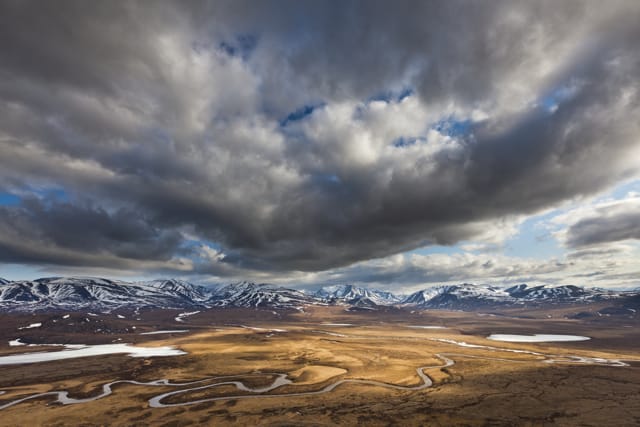
North Cascades Institute presents “Journey through the Arctic with Debbie Miller:” A multimedia presentation and book release party
Wed, October 17: Walton Theatre at the Mount Baker Theatre, Bellingham, 7pm
Thurs, October 18: Skagit Transit Hub, Mount Vernon, 7 pm
No advanced tickets required; donations accepted at door. Details at http://ncascades.org/signup/programs/special-events#debbie-miller
Debbie Miller is on a mission.
Having spent considerable time in the far reaches of Arctic Alaska, she’s found a wilderness wonderland that most of us have never heard of. It is a landscape of superlative natural riches — the largest herd of caribou in America, the highest concentration of grizzly bears in the Arctic, millions of nesting migratory birds, beluga whales, polar bears, walruses, salmon, spotted seals, the list goes on and on. It is, like most untouched places, under threat of resource extraction and industrialization, and that is where Miller’s mission comes in to focus: spreading the gospel about this unspoiled terrain that belongs to each and every American.
So, why haven’t most of us heard about this special place? Call it bad branding.
“The National Petroleum Reserve” is not a name that inspires wonder and awe. It sounds like the place you’d stop to fill up the gas tank on your way to the much more famous Arctic National Wildlife Refuge, which lies to the east.
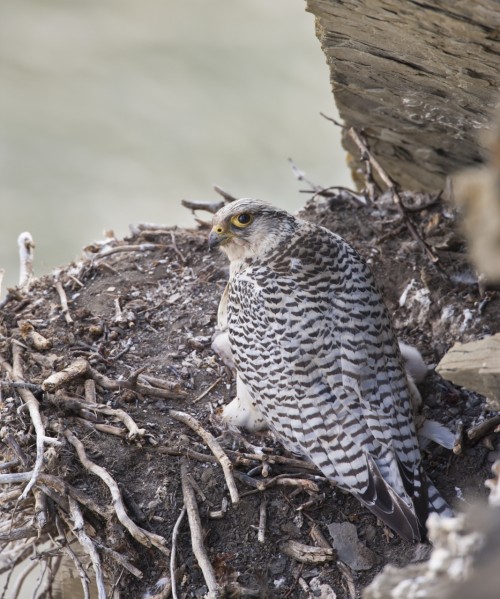
And yet, this reserve — larger than the state of Maine, ten times as big as Yellowstone National Park — is the largest unit of public lands in the US. Its 23 million acres are home to the largest river (Colville) and lake (Teshekpuk) in Arctic Alaska, the aforementioned riches of wildlife and migratory bird habitat, the most prolific site of dinosaur fossils of any polar region on earth and more than 10,000 years of native inhabitation and history.
It also, not surprisingly, holds oil and natural gas resources, and neighbors the 1000-square-mile industrial oil-field development of Prudhoe Bay and other North Slope complexes.
While there are designated “special areas” within the Reserve — denoting exceptional wildlife, recreational, subsistence, historical and scenic values — not a single acre has permanent protection.
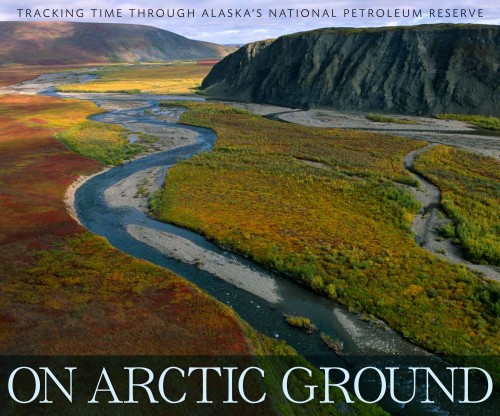
Miller’s new book On Arctic Ground: Tracking Time Through Alaska’s National Petroleum Reserve aims to change that. She is traveling around the country giving multimedia presentations that combine photography, soundscapes, scientific findings and storytelling, bringing her journeys through the Reserve to life.
She hopes to win over the hearts and minds of Americans, introduce them to this hidden gem and inspire actions towards protecting the best, most profound places within the Reserve.
And it seems like Miller has the wind at her back. Her mission was boosted by late summer political developments, including Interior Secretary Ken Salazar announcing the first comprehensive management plan for the Reserve that put approximately half of it off-limits to oil and gas drilling.
Still of concern is the future possibility of a new pipeline crossing the Reserve, moving oil and gas from the remote Chukchi and Beaufort Seas, where Royal Dutch Shell is attempting the first offshore drilling in the American Arctic in 15 years.
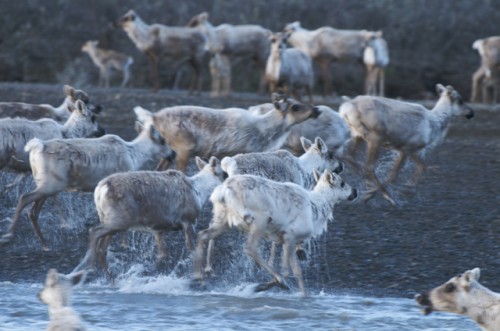
“If we listen closely, if we observe the fullness of life in this vast, wild Reserve, if we exercise restraint as consumers” Miller writes hopefully, “this great northern landscape may have a chance. When we begin to understand this big blank spot on the map, and love it, perhaps we’ll gain the wisdom to protect it.”
